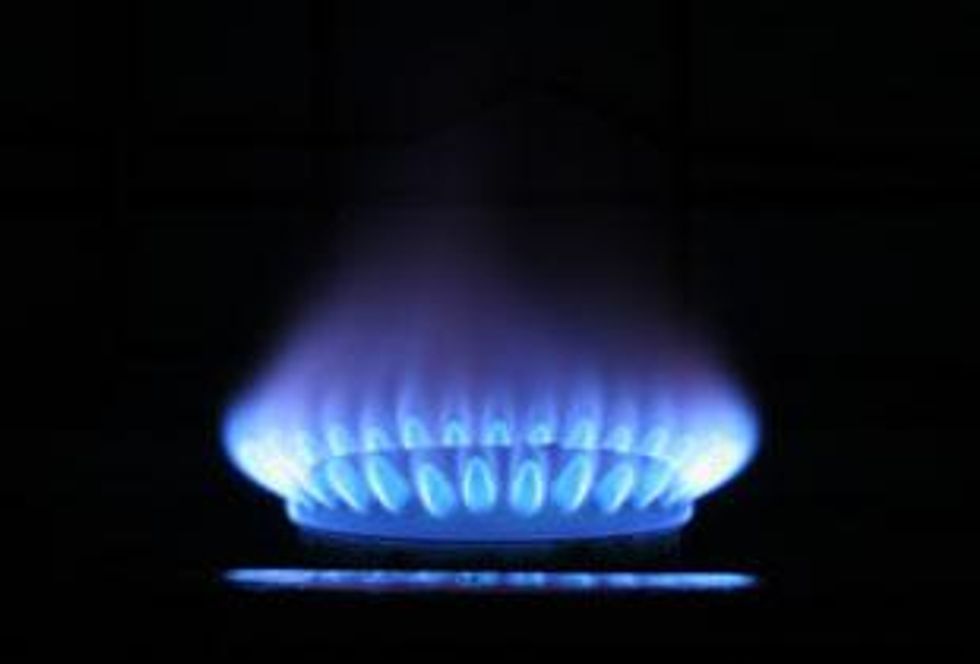- AustraliaNorth AmericaWorld
Investing News NetworkYour trusted source for investing success
- Lithium Outlook
- Oil and Gas Outlook
- Gold Outlook Report
- Uranium Outlook
- Rare Earths Outlook
- All Outlook Reports
- Top Generative AI Stocks
- Top EV Stocks
- Biggest AI Companies
- Biggest Blockchain Stocks
- Biggest Cryptocurrency-mining Stocks
- Biggest Cybersecurity Companies
- Biggest Robotics Companies
- Biggest Social Media Companies
- Biggest Technology ETFs
- Artificial Intellgience ETFs
- Robotics ETFs
- Canadian Cryptocurrency ETFs
- Artificial Intelligence Outlook
- EV Outlook
- Cleantech Outlook
- Crypto Outlook
- Tech Outlook
- All Market Outlook Reports
- Cannabis Weekly Round-Up
- Top Alzheimer's Treatment Stocks
- Top Biotech Stocks
- Top Plant-based Food Stocks
- Biggest Cannabis Stocks
- Biggest Pharma Stocks
- Longevity Stocks to Watch
- Psychedelics Stocks to Watch
- Top Cobalt Stocks
- Small Biotech ETFs to Watch
- Top Life Science ETFs
- Biggest Pharmaceutical ETFs
- Life Science Outlook
- Biotech Outlook
- Cannabis Outlook
- Pharma Outlook
- Psychedelics Outlook
- All Market Outlook Reports
Recently, historians have re-evaluated ancient Greek accounts of the Oracle at Delphi. Some now suggest that these divinations were the result of priestesses inhaling ethylene or methane that filled the cave from a fissure in the rock.
During the intervening millennia, mankind has found more prosaic uses for these hydrocarbons. Natural gas has been used to […]
During the intervening millennia, mankind has found more prosaic uses for these hydrocarbons. Natural gas has been used to light streetlamps, cook food, heat buildings and even fuel cars. Though it is primarily methane, raw natural gas also contains significant fractions of butane, propane and ethane which are separated for use in cigarette lighters, barbecues, etc. “Dry” natural gas has a lower proportion of these non-methane substances relative to “wet” natural gas. Like oil, natural gas can also be “sweet” or “sour” based on its sulphur content.
There are three basic types of natural gas formations. Most well known are the formations where natural gas is found in association with oil. There are also independent gas-bearing formations unassociated with crude oil. Additionally, coalbed methane (CBM) refers to formations where the gas is stored in a coal matrix.
Natural gas is measured in normal cubic meters or standard cubic feet (“normal” and “standard” referring to an equalized temperature to eliminate heat-based expansion of volume). The energy stored in natural gas is measured in British Thermal Units. For the new investor, the NYMEX futures contracts and the Henry Hub natural gas spot price are the two statistics of note. More adventurous or European natural gas investors would also do well to note the UK National Balancing Point and the Dutch Title Transfer Facility virtual trading points, as well as the Endex N.V. and International Petroleum Exchange (now ICE Futures) gas futures exchanges.
To facilitate long-distance transport, natural gas can be converted into LNG (liquefied natural gas). Liquefaction requires very cold temperatures, and necessitates conversion back into gaseous form at the arrival terminal. Pipelines are another crucial piece of infrastructure in transporting this resource. A quick glance at this Interstate Oil and Gas Transport to Europe (INOGATE) map gives the novice investor an idea of the extent of natural gas pipelines.
As with oil, there are investments to be made not only in exploring and extracting the resource. Service firms and contractors do much of the equipment maintenance, engineering, refining and distribution. Indeed, Gas Natural SDG, S.A., (LSE:0H4G) recently purchased Pitta Costruzione SpA at a price of $47.49 million chiefly for Pitta Costruzione’s distribution systems. According to Bloomberg news, LNG carrier and tanker ships “account for 30 percent of revenue” for Samsung Heavy Industries (SEO:010140).
Along with such benefits come some of the same disadvantages as oil markets. For instance, state-owned firms control much of the natural gas resources of the world. Thus publicly held companies sometimes have to deal with mercurial partners such as Russia’s Gazprom (GAZP:RX). Another disadvantage that oil and natural gas share is the unfortunate accidents of geology and history that have placed some of the largest deposits under countries less than amenable to Western culture and consumers. Chief among these are Russia, Iran and Qatar. However, significant natural gas resources also exist in America, Norway, Canada, and the Netherlands.
With all this in mind, it is perhaps best to leave the final words to the first aficionados of natural gas, the priestesses at Delphi. Wary of risky investments, they counselled that “Love of money and nothing else will ruin Sparta”. Cognizant of the value of unsolicited counsel, they recommend that one should “make your own nature, not the advice of others, your guide”.
Latest News
Investing News Network websites or approved third-party tools use cookies. Please refer to the cookie policy for collected data, privacy and GDPR compliance. By continuing to browse the site, you agree to our use of cookies.
